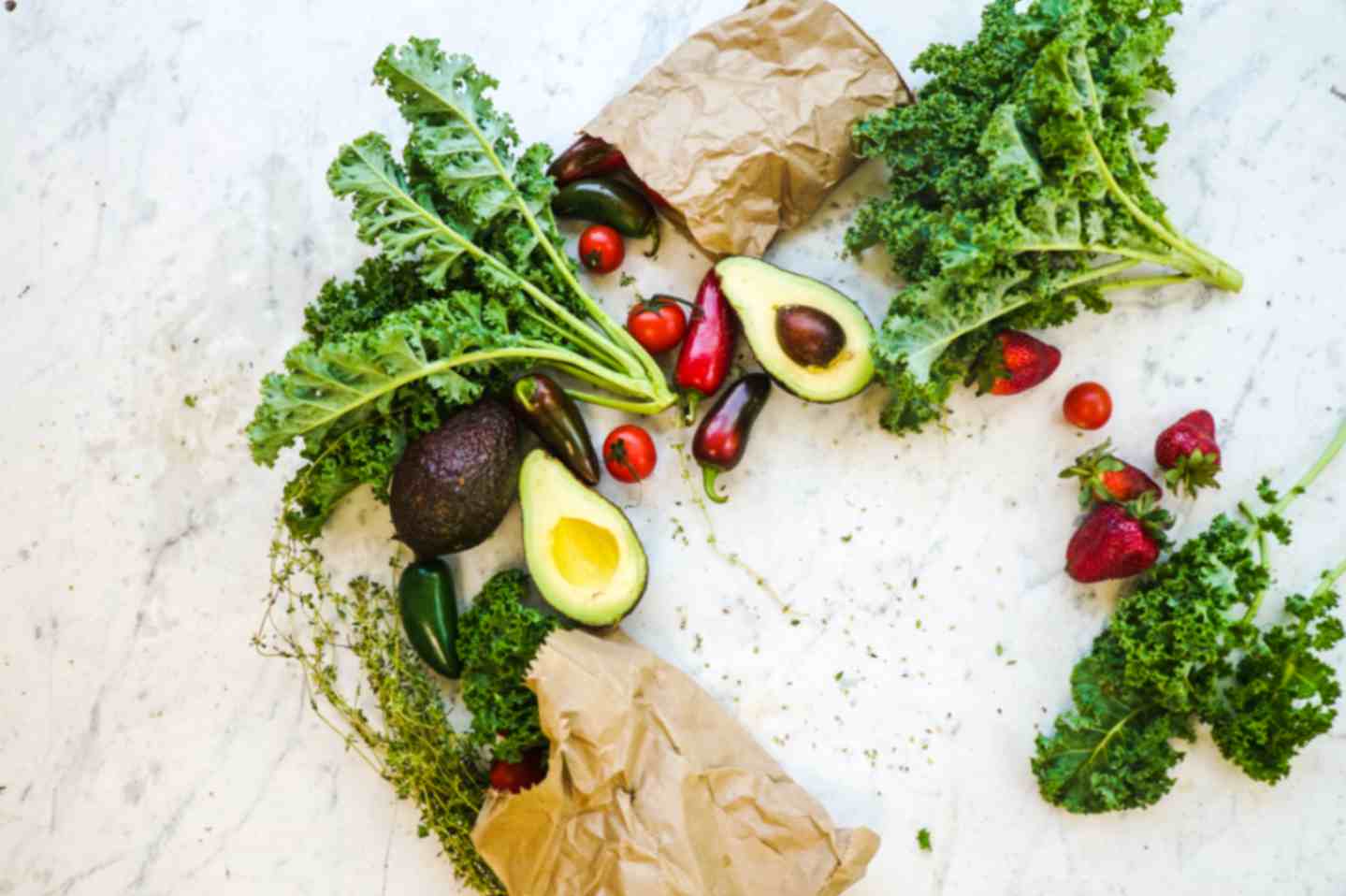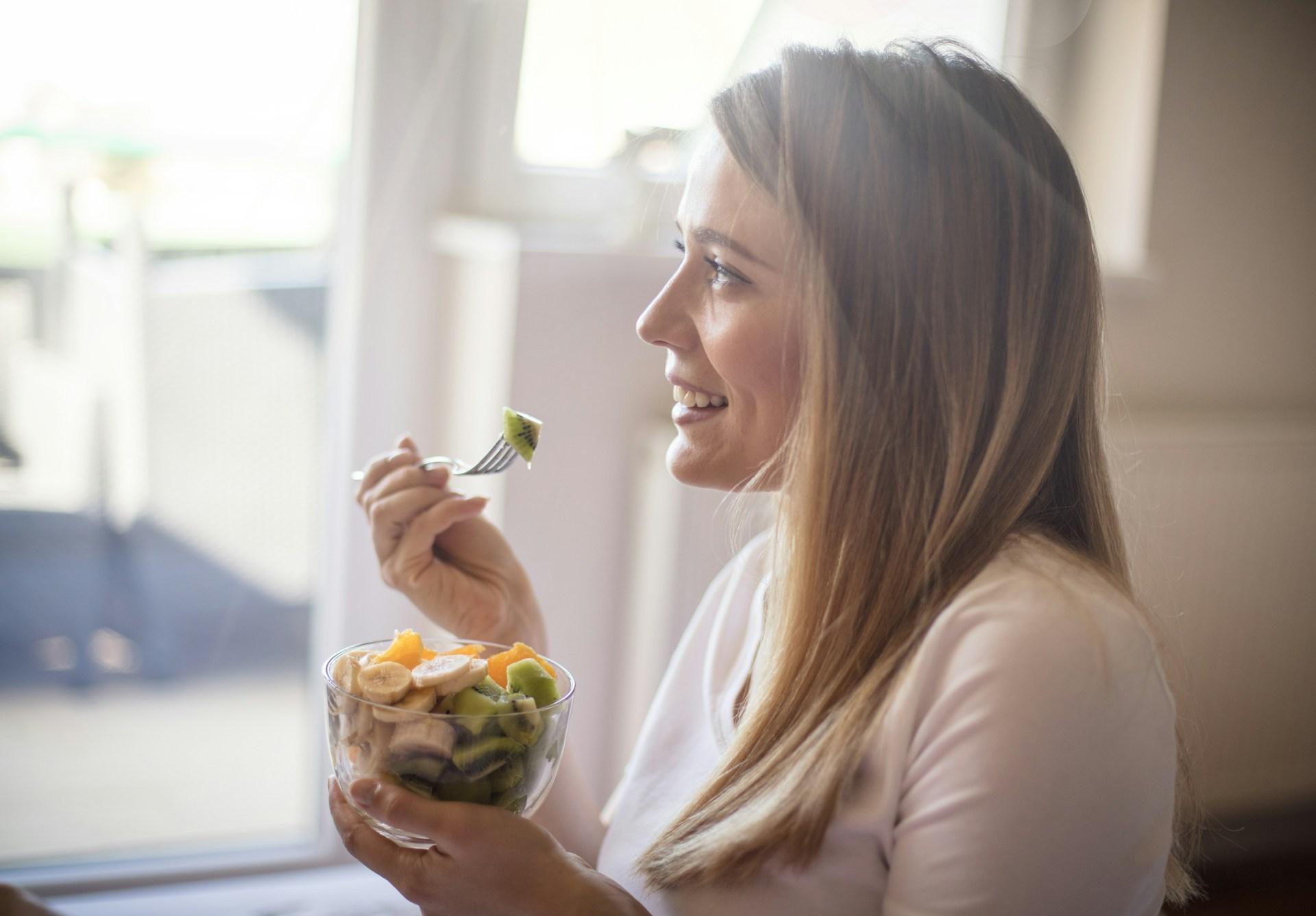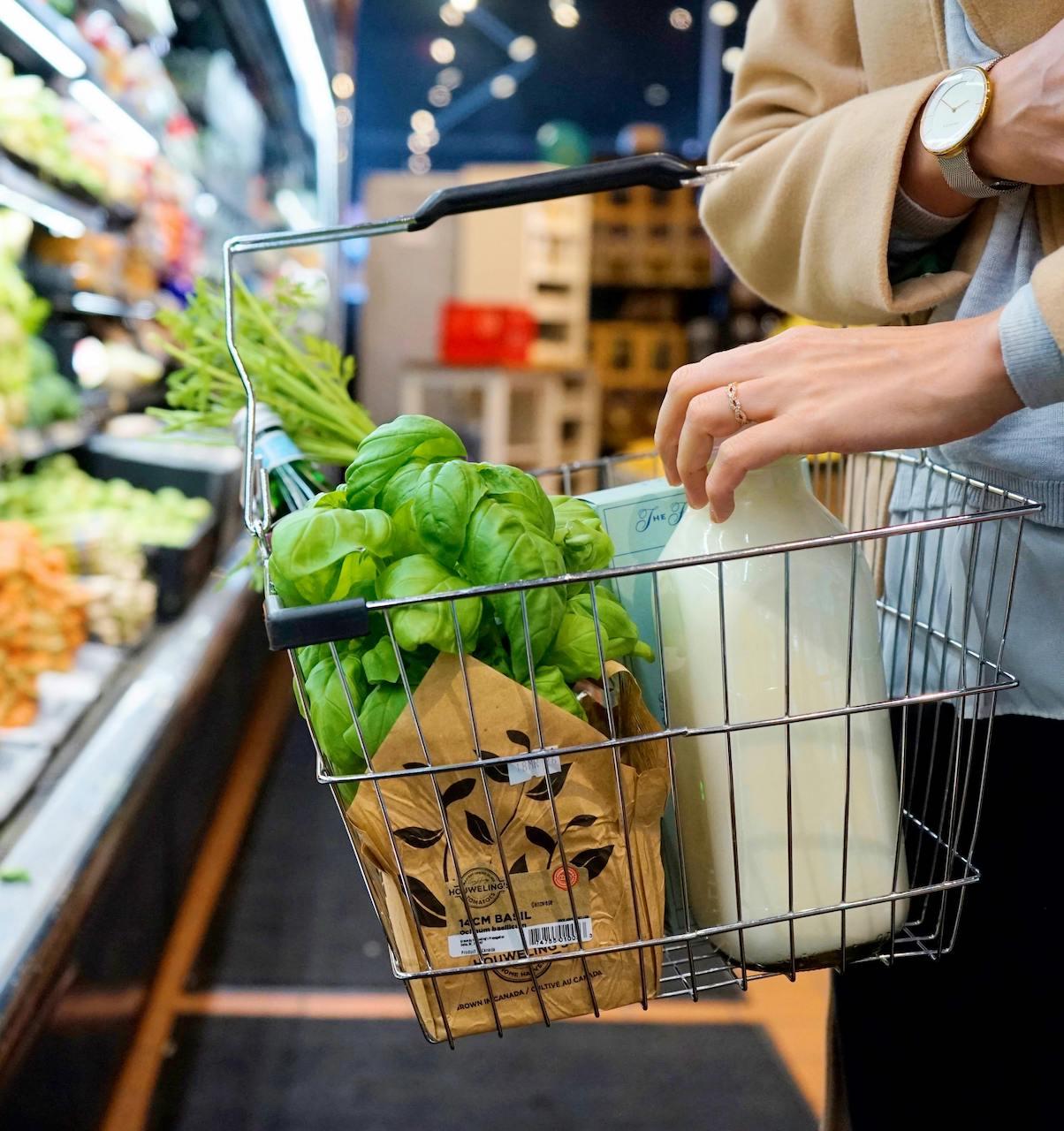So we’ve all seen the candy commercial where we’re told in some capacity to eat every color – or the rainbow, so they say. The truth is, it’s not such a bad idea! Eating the rainbow is actually a fancy way to emphasize the importance of variety, though not of candy – of fruits and vegetables. We’ve all heard it before – eat your fruits and veggies, as though these plants have some magical powers. All that fiber, those vitamins, those minerals – is that the only magic? There’s so much more! I’m here to give you the scoop on eating the rainbow in the produce aisle.
Let’s talk about nature’s candy – both the sweet and the bitter, and how the colors of your foods have major impacts on your health.
Pigment Power
The pigments in foods are more than just colors, they have antioxidant properties. Antioxidants protect us from oxidative stress, which is a process that leads to cell and tissue damage. Prolonged oxidative stress is a factor in the development of several diseases including cancer, cardiovascular diseases and neurological diseases such as dementia and Alzheimer’s. Oxidative stress is inevitable, as many of our cellular processes contribute to some oxygen production and level of stress. The problem arises when the oxidative stress is in excess of our antioxidant defenses. We can help our body to defend against oxidative stress by what I call pigment power – providing our bodies with a range of colorful fruits and vegetables, which in turn means antioxidants.
Though our taste preferences can sometimes lead us to monotony, all fruits and vegetables are not created equal. The different color profiles are actually representative of an array of phytochecmicals. Phytochecmicals are bioactive substances in foods that provide health benefits. Basically, those pretty pigments do powerful things. The more you incorporate an array of fruits and vegetables, the more you benefit from the power packed pigment profile each provides.
Mellow Yellow
Carotenoids are the pigment responsible for yellow, orange and red tones – think carrots, apricots and sweet potatoes – also in watermelon. Health benefits include cancer prevention and skin health. Carotenoids, such as the beta carotene in carrots, are actually a precursor for vitamin A, which plays an important role in immune health, skin and vision.
Resounding Red
Your tomatoes, red grapes (which would also mean wine), red cabbage and watermelon – those resounding reds are all thanks to lycopene, a phytochemical linked to cancer prevention, and lowering the risk of cardiovascular disease (CVD). Studies show that lycopene is associated with lower rates of colon cancer in men. To take it a step further, studies also show that lycopene is also protective against breast, ovarian and cervical cancers. Research shows that some of the highest concentrations of lycopene are in the prostate, breast, pancreas and ovaries. Speaking of women’s health, there is also an association between lycopene intake and reduced risk of HPV infection.
Blue Hue, Purple Too
Red to purple to blue are anthocyanins and betacyanins. Anthocyanins and betacyanins are mutually exclusive, meaning never found in the same foods at the same time (another shameless plug for variety). Anthocyanin rich foods include berries, such as raspberries, blueberries and blackberries, plums and blood oranges. You can find your betacyanins in Swiss chard, red beet root, dragon fruit and the grain amaranth. Anthocyanins are powerful antioxidants (even more so than Vitamin C and Vitamin E), linked to cancer prevention and protection from CVD. Anthocyanins have been shown to protect connective tissues in our cardiovascular system from dangerous enzymes. Studies in mice and humans have shown benefits of anthocyanins on diabetes markers – including insulin sensitivity, resistance and dyslipidemia. Betacyanins similarly are powerful antioxidants, scavenging free radicals (aka the oxygen that stresses things) and also contribute to anti-inflammatory pathways.
We all know chlorophyll – the green! Studies show chlorophyll is associated with anti-inflammatory properties. So, broccoli, spinach and green beans all count (truth is, they have a variety of pigments to achieve their green, too!)
Mixing It Up
Sometimes it’s easy to rely on a few fruits and vegetables that become our foundation or baseline of produce intake. Living in the United States, we have year-round access to fruits and vegetables, even if they’re not in season in our location. Ever eat a mango in New York City during December? You know what I mean…. though our vegetables aren’t always mixed in a bag like candy (excluding mixed green salad, which definitely counts), we can still work towards a variety of colors in our diets.
- Consider shopping in season, which will naturally lead to shifts in the produce you include throughout the year.
- If you find yourself in a rut with the same foods over and over again, challenge yourself to try a new fruit or vegetable each week.
- Give your plate texture! Vegetables can help bring life to a plate – think of pairing your pasta with reds, greens and purples. It makes for a more balanced meal (and a better food shot on your social media).
Working With a Culina Health Dietitian
If you need some support as you add more vegetables to your diet, a Culina Health dietitian can help! Book a session today.






